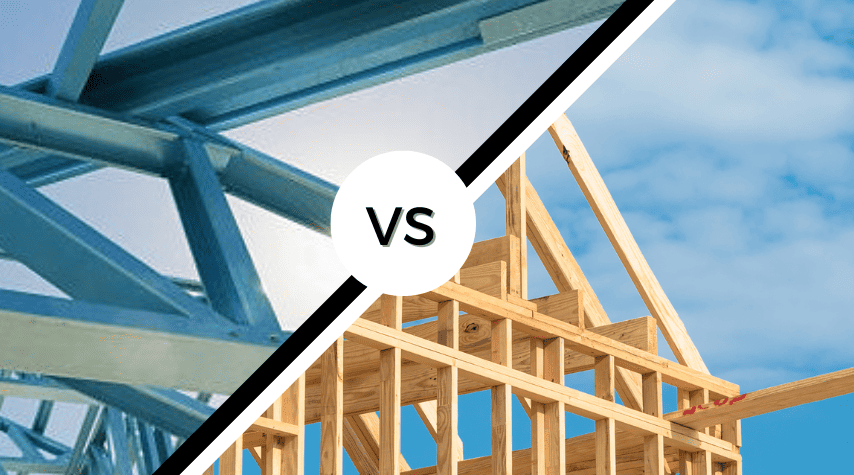
1. Wider Openings
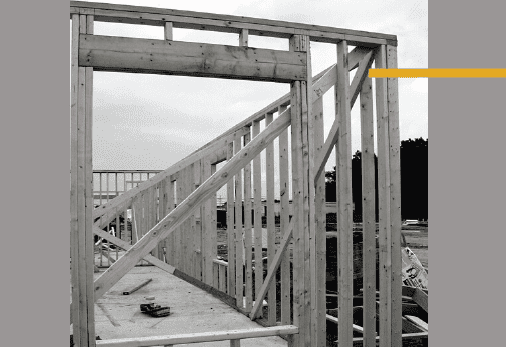
WOOD
When wood trusses are used to accomplish wide open spaces, they must be layered and joined in several places. This is why wood structures typically involve several interior posts and beams that limit the useable, clear span area, decreasing work space.
STEEL
Constructing using steel, you can typically span the entire width of your building with no interior posts required and the columns can be set further apart on the sidewalls. The result is a much more open building with less weight and greater structural integrity.
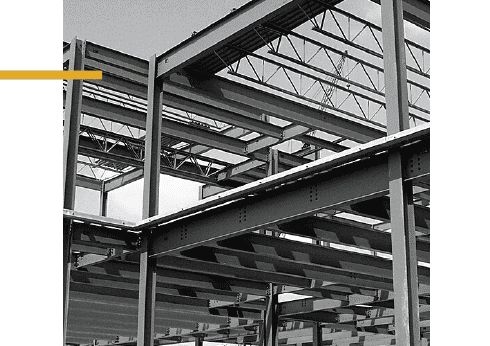
Reference- 6 reasons why architects utilise steel in building design
https://steelfabservices.com.au/6-reasons-why-architects-utilise-steel-in-building-design/
2. Economic Life
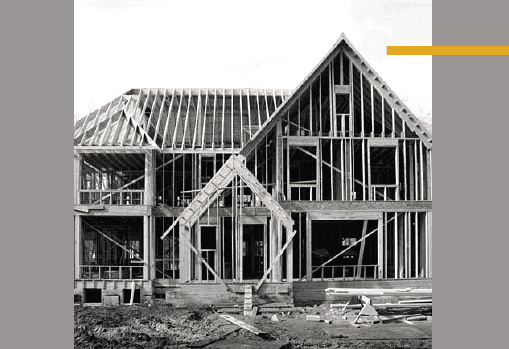
WOOD
Wooden structure ages, wood members naturally dry out, which causes shrinking, warping, swelling and cracking. To ensure a secure construction, it is necessary to prevent the wooden structural members from drying out, but this calls for ongoing care and close attention.
STEEL
Steel buildings simply don’t wear out over time like wooden structures. Barring some catastrophic event, your steel building will last a lifetime. A pre-engineered metal building offers decades of worry-free service and practically no upkeep.
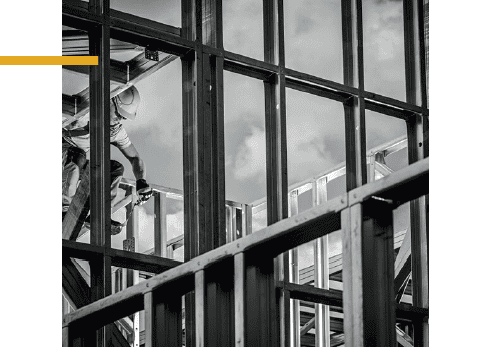
Reference- Comparing Steel Buildings with Wooden Structures
https://norsteelbuildings.com/norsteel-blog/comparing-steel-and-wood-buildings/
3. Maintenance Costs
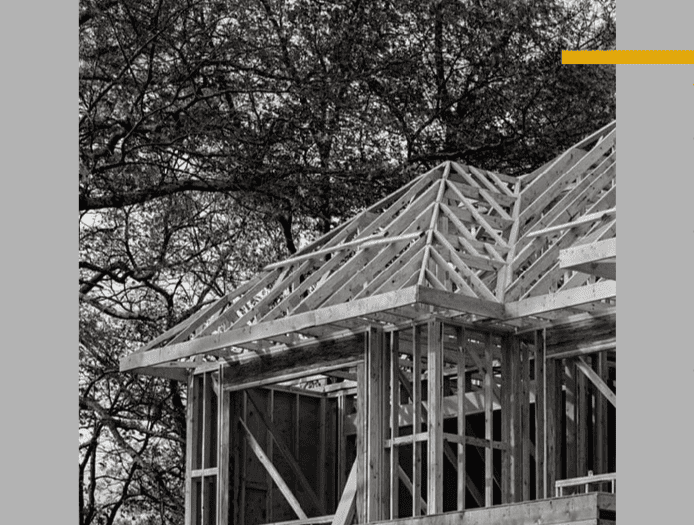
WOOD
To maintain the ideal appearance of your wooden structure, a new coat of paint is necessary every four to seven years. The roof also needs to be replaced at some point, as the average roof only lasts for roughly 15 years. Wood can warp, rot, crack, and more, which will require expensive replacements when damage occurs
STEEL
Steel components won’t warp, split, twist, swell, shrink or decay, like wood. Steel components will not have to be replaced or repaired. When you chose a pre-engineered metal building, rotting and molding is not an issue. Steel Structures are virtually maintenance-free.
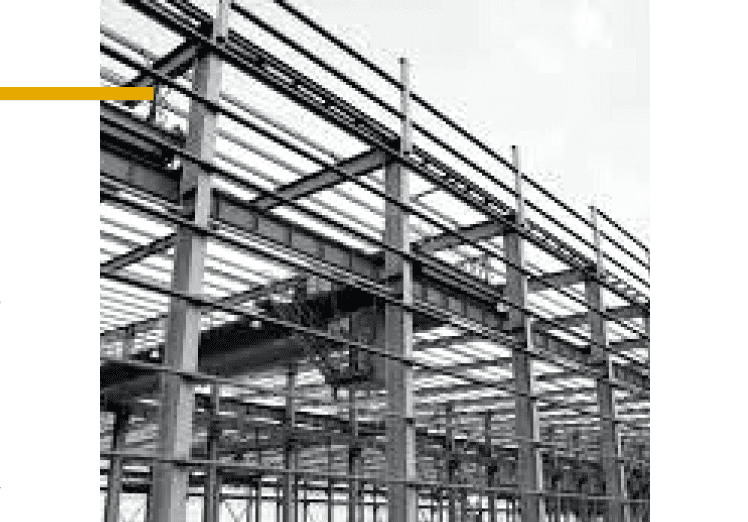
Reference- Wood Buildings vs Steel Buildings Which One Is Better?
https://www.cdmg.com/building-faqs/wood-buildings-versus-steel-buildings
4. Quicker Construction
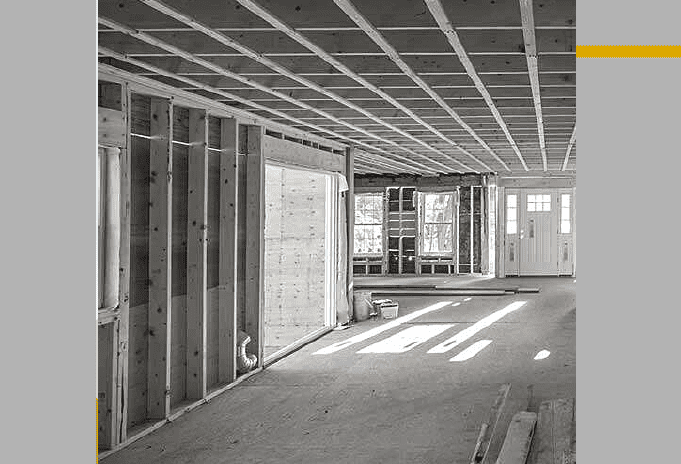
WOOD
Wood buildings take much longer to erect than pre-engineered metal buildings, simply because all the
components are sourced and acquired separately. There is more measuring, more cutting, more margin for error and all of this takes a significant amount of time.
STEEL
Each pre-engineered steel building component is designed and made specifically for any building. Each component is designed and manufactured
to match perfectly with the others. Each piece is labelled and easy to identify and each piece is cross referenced on the assembly drawings making the construction process quicker and easier.
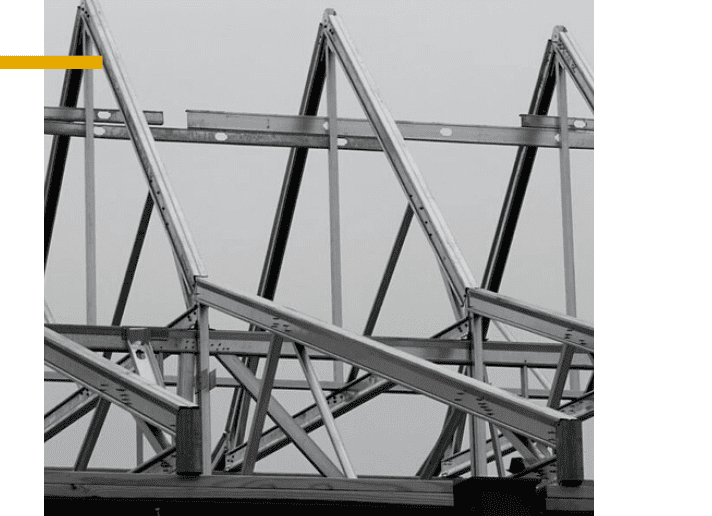
Reference- Comparing Steel Buildings with Wooden Structures
https://norsteelbuildings.com/norsteel-blog/comparing-steel-and-wood-buildings/
5. Better Finishing
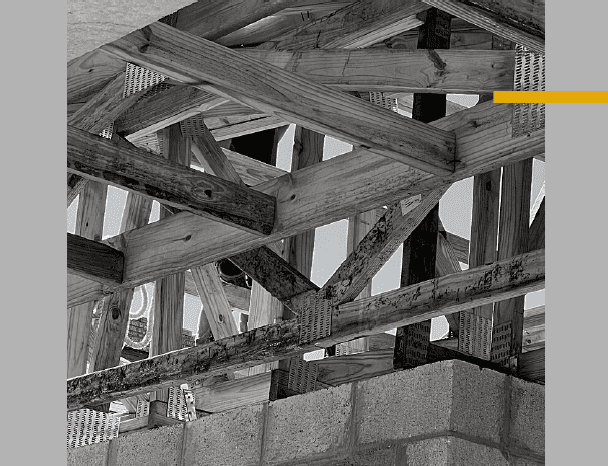
WOOD
When it comes to wooden construction, there is always a possibility of bends and molds of the components. This makes it difficult to get a perfectly straight finish which affects the aesthetics of the structure.
STEEL
Steel ensures the quality of construction by providing better finishing buildings because of its prefabricated mechanism. As panels are manufactured in climate controlled environment, they’re closely monitored for their quality. With steel framing, one can get a perfectly straight finishing because of its strength, with minimal/no risk of bends and molds.
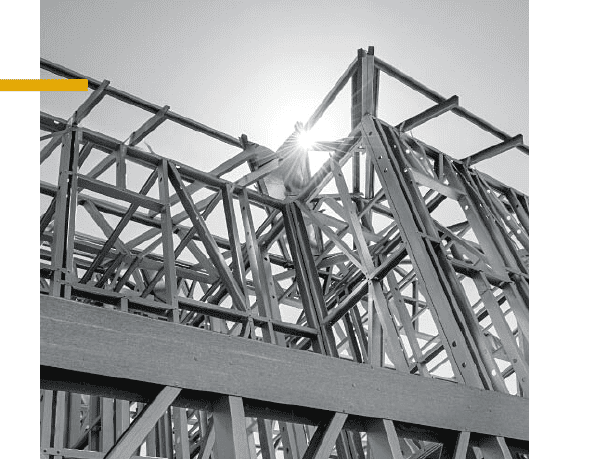
Reference- Timber vs. Steel Buildings: The Pros and Cons
https://www.alliedbuildings.com/timber-steel-buildings/
6. Design Versatility
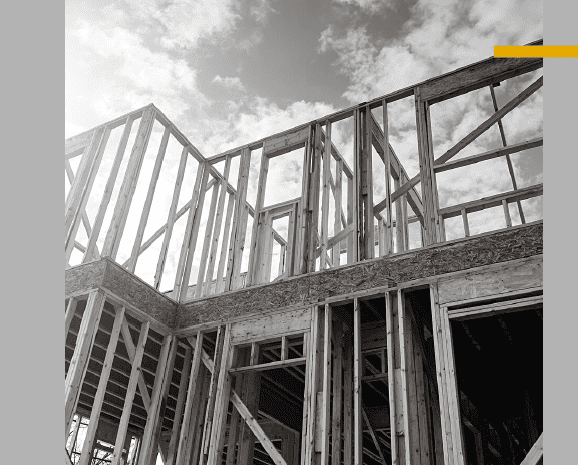
WOOD
While the International Code Council has become more accepting of wood construction, still wood buildings cannot be as tall as steel buildings. Some design features in contemporary houses like cantilevered elements or large windows, are difficult to achieve relying on wood frame construction.
STEEL
Steel is extremely versatile, allowing architects a whole plethora of options when it comes to designing a building. A wide variety of standard and custom shapes can be manufactured and used to create nearly every component of a building.

Reference- 6 reasons why architects utilise steel in building design
https://steelfabservices.com.au/6-reasons-why-architects-utilise-steel-in-building-design/
7. Remodeling
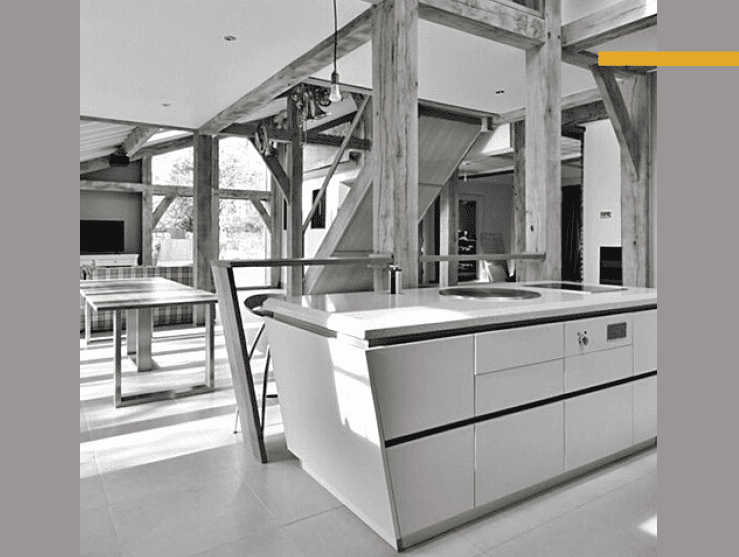
WOOD
The timber construction makes it difficult or impossible when it comes to remodeling to accommodate the modern way of life. The ability to include appropriate ventilations and natural light that everybody is looking in the house today might be very tricky. Also the removed lumber cannot be reused.
STEEL
With prefabricated steel components, it becomes easier for remodeling structures because of their easy assembly, and the fact that the steel components are custom-made according to the requirements. Steel has a very high strength-to weight ratio, making it easier for steel to make alterations to an existing structure. Nothing will outrank steel for load-bearing properties.
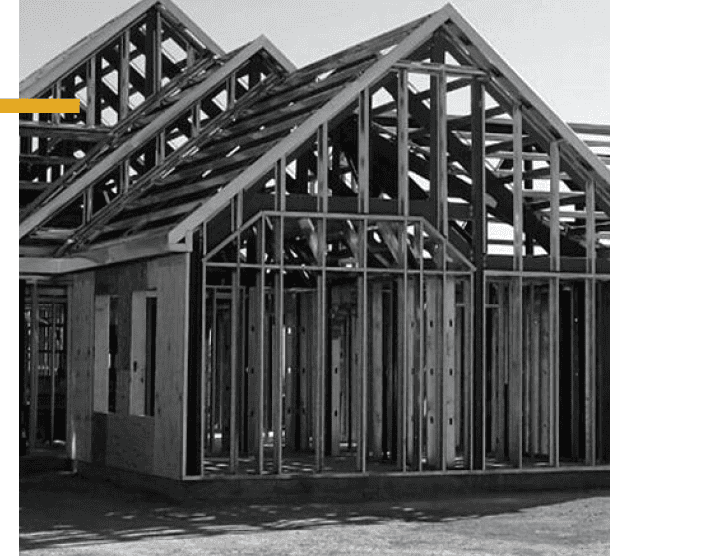
Reference- Timber vs. Steel Buildings: The Pros and Cons
https://www.alliedbuildings.com/timber-steel-buildings/
8. Acoustic Insulation

WOOD
Wood-frame condos or apartment buildings often tend to have a bad reputation acoustically because they are built with much less mass and density than steel. This would technically mean that these buildings will potentially transfer more airborne noises.
STEEL
Steel composite floors possess excellent acoustic insulation to airborne and impact sound transmission. Light steel separating walls can be designed to achieve high levels of acoustic performance.
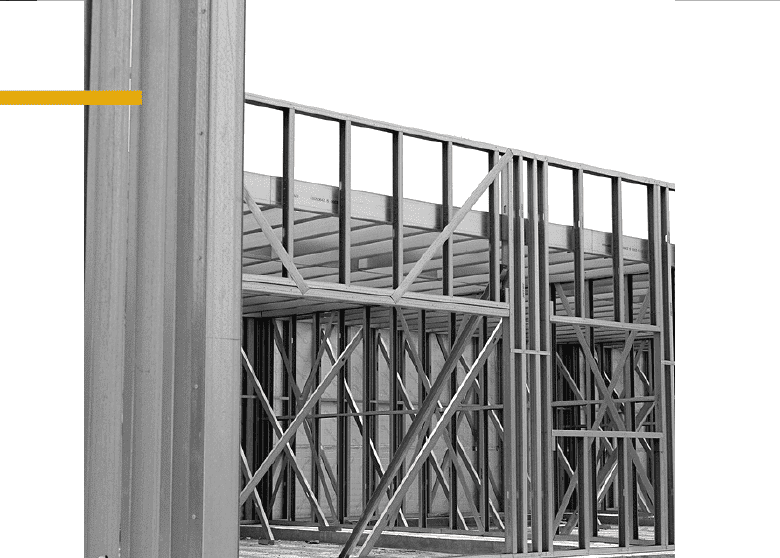
Reference- Sound Insulation in light wood-frame buildingshttps://
www.acousti-tech.com/en/blog/detail/avoiding-headaches-sound-insulation-in-light-wood-frame-buildings-4132,
https://www.steelconstruction.info/Building_design_using_steel_-_a_summary_for_architects
Summary
| Steel | Wood | |
| Wider Openings | Yes | No |
| Economic Life | Yes | No |
| Maintenance Costs | Yes | No |
| Quicker Construction | Yes | No |
| Better Finishing | Yes | No |
| Design Versatility | Yes | No |
| Remodeling | Yes | No |
| Acoustic Insulation | Yes | No |